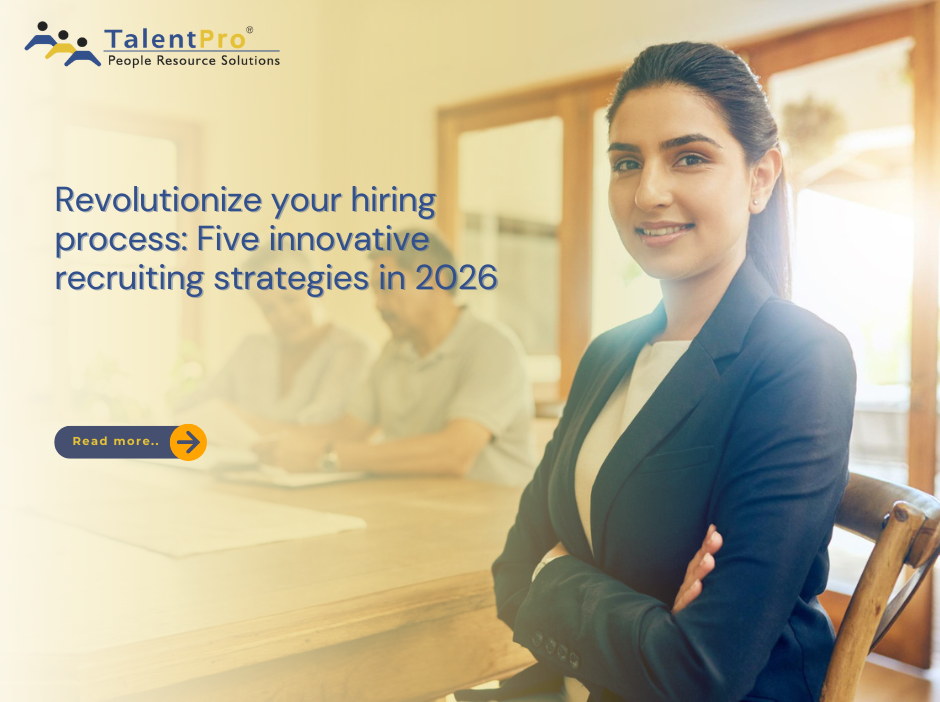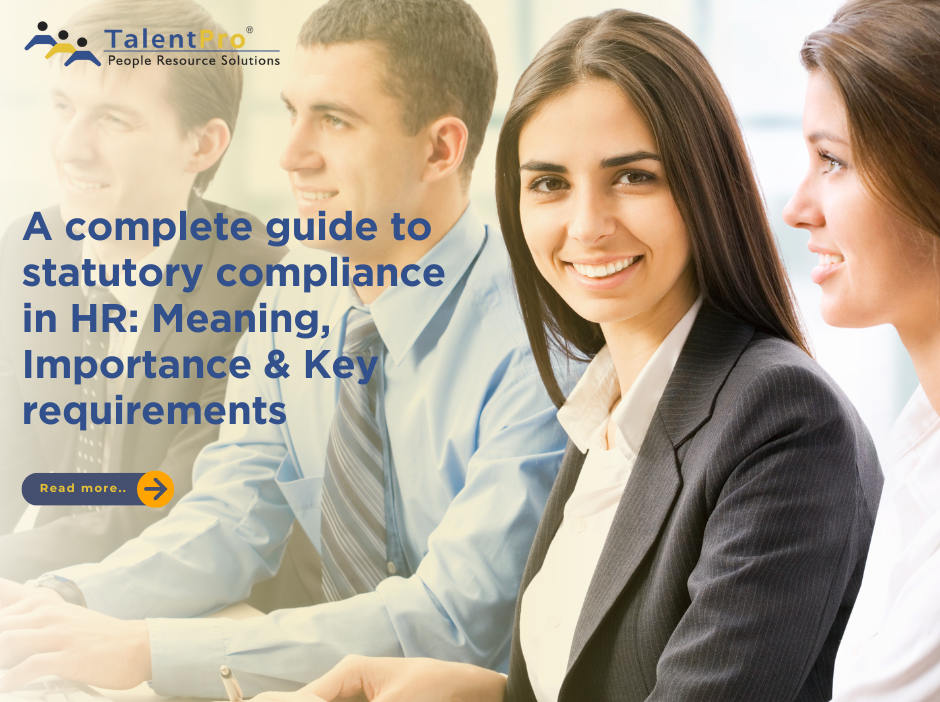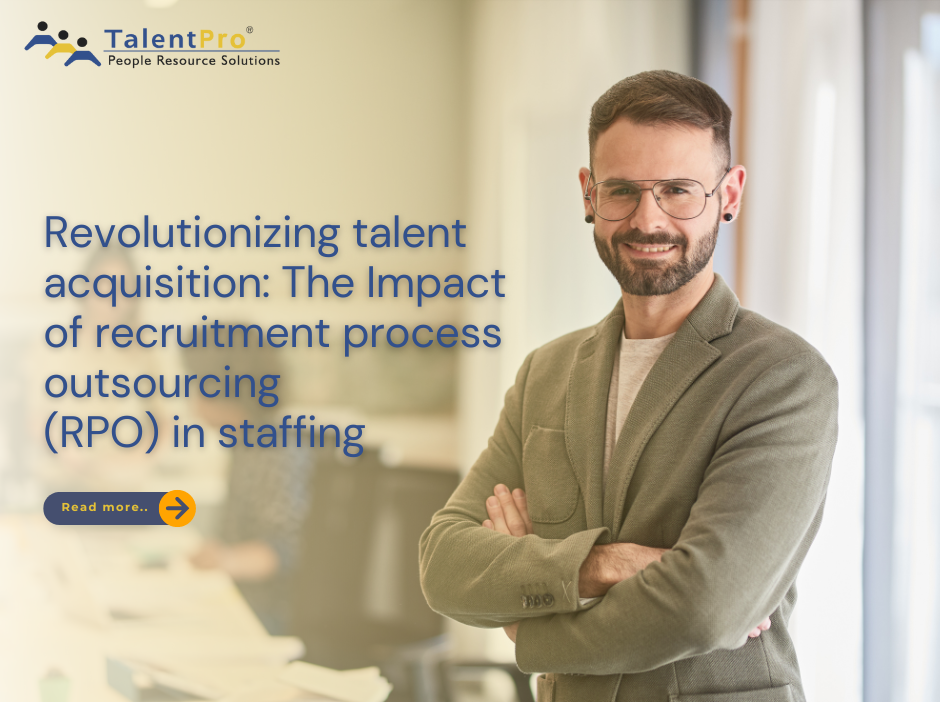AI or artificial intelligence is slowly catching on as a viable means of streamlining key HR processes. Using AI could help managers and organizations take key decisions in lesser time periods by providing real-time information and analysis. This extends to all components of HR, such as payroll, recruitment solutions, and talent acquisition as well.
According to the Mercer Global Talent Trend Report, 2019, 88% of companies globally are reliant on AI in some form or the other, already. 100% of Chinese firms and 83% of US companies use technology in their day-to-day processes.
The Need for AI in Payroll
Payroll is a vital process in any organization. In many cases, it used as an umbrella term to designate various processes such as timekeeping and attendance, salaries, benefits, and so on. The organization may choose to conduct these processes using in-house personnel, or they may decide to outsource them to top payroll companies or payroll outsourcing services
Read more : (Payroll audit checklist 2026: A complete guide)
However, payroll is a tedious process and is prone to error. A global survey by SD Worx found that 44% of employees were paid laid, and out of the percentage that was paid late, 48% of them had been paid incorrectly. Even top payroll companies struggle with payroll processing. Also, 33% of top organizations do not have effective payroll systems in place, according to Deloitte’s payroll operations survey 2014.
According to yet another statistic that was released by the US Bureau of Labor Statistics, payroll costs about 60% of all total business costs. Understandably, organizations will attempt to cut down organizational costs by investing in top payroll companies or, as seen in a lot of organizations around the world, AI.
Streamlining Payroll Processes
Artificial intelligence can be tailored for organizations depending on their many requirements. Some of the ways AI can boost productivity and streamline processes in the HR department include:
- Compliance Management: AI can be designed to help the manager stay aware of developments in statutory compliance as well as keep track of statutory compliance and alert them when there is compliance failure.
- Hiring Bias: Hiring bias on many occasions has resulted in poor results and a lack of efficiency. To eliminate subconscious hiring decisions, organizations have begun using chatbots, and social media monitored or dependent on AI to make better hiring decisions for the good of the organization.
- Data Management and Security: A study in 2019 by the Ponemon Institute found that human error cost companies, on an average of 3.5 million USD. AI can prevent human error from costing an organization thanks to better protocols and algorithms that boost the robustness of security as well as effectively manage data.
Read more : (Finding a reliable payroll outsourcing service company)
- Effective Analytics: One of AI’s biggest strengths is to effectively predict what an organization would need to maximize effectiveness and growth. AI’s analytics can work at both macro as well as micro levels. The analytics can extend from macro-level factors such as current market scenarios to employees who might need skill-building and training and are poised to become key players in the organization’s growth.
- Cost Reduction: Employers have spoken highly about the effectiveness of implementing AI as a cost reduction device, and the results have been astonishing. Netflix in 2017 saved 1 billion USD thanks to the implementation of machine learning. In a study across Canada in 2019 by Robert Half Finance and Accounting, 55% of CFOs surveyed reported that AI reduced costs, and 53% reported that human error was down as well, and 42% said there was less stress on the finance and accounting department.
Organizations now have a wide variety of options to choose from to handle their payroll needs. They can enlist the services of top payroll companies or choose to implement AI. AI also helps some of the best payroll services for small businesses. It helps them assess areas they can invest in for future growth as well as areas that require immediate improvement to meet future challenges.









